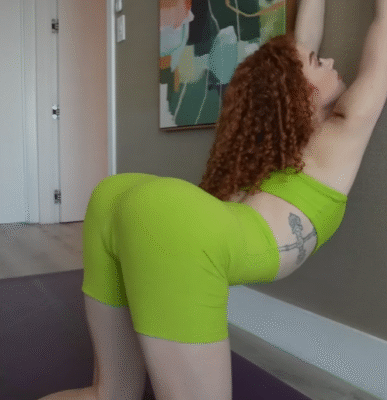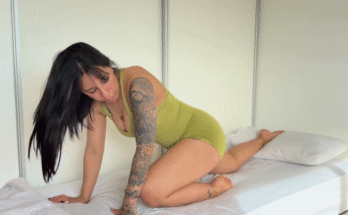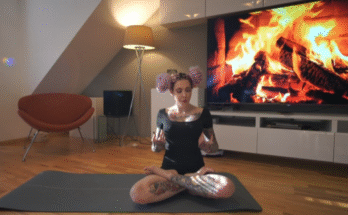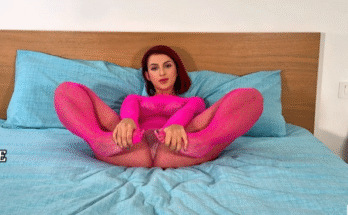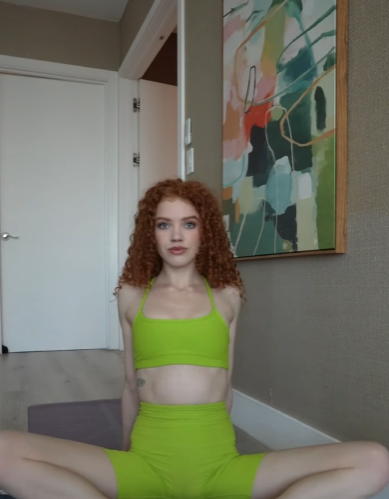
Cobra pose, known in Sanskrit as Bhujangasana, is one of the most iconic and beneficial poses in yoga practice. It is commonly found in many yoga sequences, especially in Sun Salutations (Surya Namaskar). Despite its simplicity in form, the cobra pose holds powerful benefits for the body and mind. Whether you are a beginner in yoga or a seasoned practitioner, understanding and practicing this pose correctly can enhance your flexibility, strengthen your spine, and even uplift your mood.
What is Cobra Pose?
Cobra pose is a reclining back-bending posture that mimics the raised hood of a cobra. To perform the pose, one lies on the stomach and lifts the upper body using the back muscles and support from the arms, creating a gentle curve in the spine. Unlike more advanced backbends, cobra pose is accessible to most people and can be easily modified to suit individual needs.
How to Perform Cobra Pose
- Start on your stomach: Lie flat on your belly with your legs extended straight behind you. Keep the tops of your feet pressing into the mat.
- Place your hands under your shoulders: Your palms should be flat on the ground, fingers pointing forward, and elbows tucked close to your ribs.
- Engage your legs: Press your thighs and feet into the floor. This provides stability and helps protect your lower back.
- Inhale and lift: As you inhale, gently lift your chest off the ground. Use your back muscles first, and then support the lift with your hands.
- Open the chest: Pull your shoulder blades down and back, lifting through the crown of your head.
- Hold the pose: Breathe deeply and hold the position for 15 to 30 seconds, depending on your comfort level.
- Exhale and release: Slowly lower your chest back down to the mat.
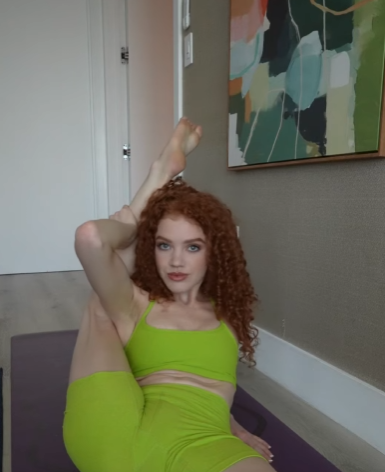
Benefits of Cobra Pose
1. Strengthens the Spine
Cobra pose strengthens the muscles in your lower back, upper back, and shoulders. This is essential for maintaining a healthy posture, especially if you spend a lot of time sitting or working on a computer.
2. Increases Spinal Flexibility
The gentle curve created in the spine helps to stretch and open up the front of the body while increasing flexibility in the vertebrae. Regular practice can lead to better range of motion and reduce stiffness.
3. Stretches Chest and Lungs
As you lift your chest and expand your ribcage, cobra pose helps to open up the lungs, encouraging deeper breathing and improving respiratory health.
4. Improves Posture
By counteracting the hunched position many people find themselves in daily, cobra pose encourages a straighter spine and better alignment of the head, shoulders, and hips.
5. Stimulates Abdominal Organs
The gentle pressure on the stomach in this pose helps to stimulate digestion and improve circulation to internal organs.
6. Reduces Stress and Fatigue
Backbends are known to energize the body and mind. Practicing cobra pose can help relieve fatigue, boost your mood, and reduce symptoms of mild depression and anxiety.
Cobra Pose vs. Upward-Facing Dog
It’s common to confuse cobra pose with Upward-Facing Dog (Urdhva Mukha Svanasana), especially in fast-paced yoga flows. While they look similar, they have key differences:
- In cobra pose, the legs and pelvis stay grounded, and the lift is gentler.
- In upward-facing dog, the thighs and hips are lifted off the ground, requiring more arm and core strength.
- Cobra pose is more accessible and often recommended for beginners or those recovering from injury.
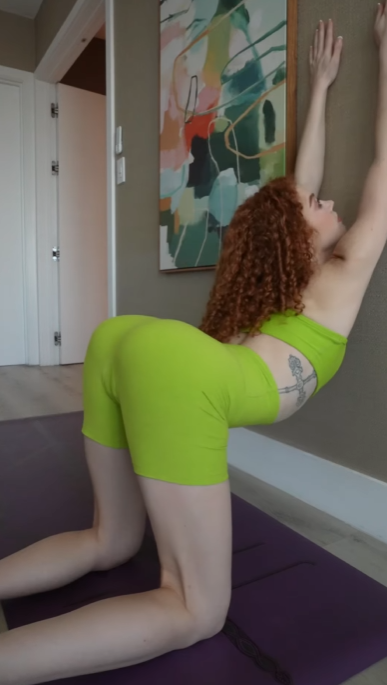
Common Mistakes and How to Avoid Them
1. Overusing the Hands
A common error is pushing too hard with the hands to lift the body. This can strain the lower back. Focus on using your back muscles first, and think of the arms as assisting, not leading.
2. Elbows Flaring Out
When the elbows move away from the body, it puts unnecessary pressure on the shoulders. Keep your elbows close to your ribcage to maintain alignment.
3. Tilting the Head Back
Throwing the head back too far can compress the neck. Instead, keep your gaze forward or slightly upward, maintaining length through the neck.
4. Tensing the Glutes Too Much
While it’s good to engage your glutes slightly for support, over-squeezing them can cause discomfort in the lower back. Aim for a balanced engagement.
Modifications and Variations
Cobra pose is adaptable. Here are a few modifications:
- Low Cobra: Keep your elbows bent and only lift your chest a few inches off the ground. Great for beginners or anyone with back sensitivity.
- Sphinx Pose: Rest on your forearms instead of your hands. This is a gentler backbend that still offers many of the same benefits.
- Active Cobra: Hold the pose longer and increase the lift as your back becomes stronger.
- Cobra with a Block: Place a yoga block under each hand to reduce the depth of the bend.
When to Avoid Cobra Pose
While cobra pose is generally safe, there are some conditions where it should be avoided or modified:
- Pregnancy: Lying on the belly is not advised.
- Recent abdominal surgery: Puts pressure on healing tissues.
- Severe back injuries or disc problems: Consult a doctor or physical therapist.
- Carpal tunnel syndrome: The pressure on the wrists may aggravate symptoms.
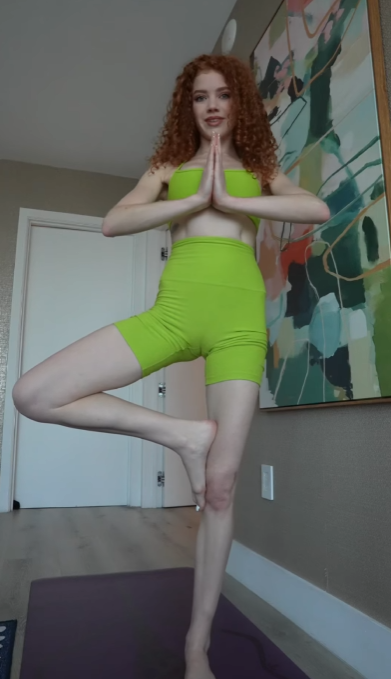
Cobra Pose in Daily Practice
Including cobra pose in your daily routine can offer physical and emotional benefits. Start your morning with a few rounds to energize the spine and prepare the body for the day. Use it as a warm-up before more intense yoga or exercise. Or wind down in the evening with a low cobra to gently stretch out tension from sitting or standing.
Many yoga teachers recommend doing cobra pose as part of a counterpose sequence after forward bends. It helps to balance the spinal movements and restore a neutral posture.
Mindful Breathing in Cobra Pose
Pairing cobra pose with breath enhances its effects. As you inhale and lift, feel your chest open and your breath expand. As you hold the pose, maintain a calm, rhythmic breath to invite ease and focus. This breath-body connection not only improves the physical stretch but also brings awareness to the present moment—a cornerstone of mindfulness.
Conclusion
Cobra pose is much more than just a yoga stretch. It’s a powerful tool for healing, strengthening, and connecting with your body. From improving posture and flexibility to reducing stress and promoting deep breathing, this gentle backbend serves as a foundational element in any yoga practice.
Whether you’re lying on your mat for the first time or returning after many years, cobra pose offers a welcoming and effective way to move, breathe, and feel better in your body. So the next time you find yourself in Bhujangasana, remember—like a cobra lifting its head to meet the world—you too are rising with grace, strength, and awareness.
